Week Three is a wonderful time to introduce your expectations and behaviors during small groups.
Traditionally, the first two weeks
of Kindergarten needs to focus on procedures, rules, expectations and all of
the other joyful things that your students need to become a productive school
citizen!
But week three, week three I really love, you are getting to know your little friends better and this resource will help you stay focused on academics, but enjoy getting to know your students better while explaining and modeling small group procedures.
Start your morning reading your
favorite traditional version of Goldilocks and the Three Bears. Write “3” and “three” on the board or
an anchor chart and explain that this is WEEK THREE and that you will be
studying all the exciting things related to 3… Goldilocks and The Three Bears, The Three Little Pigs, the number 3, triangles, etc. Review your expectations for small
group and have the students transition to their first new group, using your
classroom chart, a PowerPoint, a wheel chart, whatever you use.
The items in this freebie are to
help you on your first day, usually the Monday of Week Three to have a
consistent theme related to Goldilocks and The Three Bears.
Use
these for your first small group meeting. Lay out the four cards and go around
the table, one student at a time telling about their favorite character and
why. Talk, teach and review that at the small group table when one student
talks, the others show respect by listening and that they will each have a
turn. Next, have them take turns talking about their favorite part of the
story. The point of this 15 to 20 minute small group time isn’t so much about
what they learned from the Three Bears, but more about you getting to know your
students and your students getting to know what behavior is expected when “we”
work together at the small group table.
This page and the answer key are
for your students who are working at “Seatwork” for the 15 to 20 minutes of
your literacy small group time. Many teachers allow their seatwork students to
all sit together to help each other, some teachers prefer students only working
in pairs, and some teachers like their small group seatwork time to be an
independent time, so that the students are not chatty. Your choice and each year you might do
something different based on the behavior of the group you have that year.
Use
these sorting cards for your third group, your literacy station, your reading
center, your workstation, whatever you want to call this third group. I have
found if you only allow this group to be on your classroom "gathering" rug it helps with
crowd control and the minute you see one student getting carried away and
moving off of the rug, you can quickly redirect them.
There are a variety of ways you can use these cards, the boys and girls can stretch them out on the floor in order, or you can have them place the cards in order in a pocket chart. You can print one, two or three separate sets of the same cards and split your third group into smaller groupings of 2, 3, or 4 students in a group. Also included is a center game cover for your folder, envelope or Ziploc baggie.
There are a variety of ways you can use these cards, the boys and girls can stretch them out on the floor in order, or you can have them place the cards in order in a pocket chart. You can print one, two or three separate sets of the same cards and split your third group into smaller groupings of 2, 3, or 4 students in a group. Also included is a center game cover for your folder, envelope or Ziploc baggie.
For your next round of small group lesson time, I’ve included three different math ideas to practice small group time during your math block. This first set of cards can be used for a simple math lesson of sorting items while still discussing Goldilocks and The Three Bears.
1. Lay out only the bear cards, ask questions like, “How many bears were in our story?” “Does the order in which I lay out the cards matter?” “Will we still have 3 bears if I place the cards down with Mama Bear first, then Baby Bear second and finally Papa Bear third?” etc.
2. You can continue this lesson with “How many chairs?” “How many beds?” “How many bowls of porridge?” reviewing over and over “3” “three” and “first, second, and third.”
3. Next you can have the students work together to match up each bear with their respected items.
4. Now, introduce the Goldilocks cards and what she did to each item. If time, you can
also continue to use these cards for sequencing, beginning, middle, and ending,
as well as story order and character traits.
This page and the answer key are
for your students who are working at “Seatwork” for the 15 to 20 minutes of
your math small group time. Many teachers allow their seatwork students to all
sit together to help each other, some teachers prefer students only working in
pairs, and some teachers like their small group seatwork time to be an
independent time, so that the students are not chatty. Your choice and each year you might do
something different based on the behavior of the group you have that year.
Use
these sorting cards for your third group that is at your Math Center. Like your
reading rotations, if you only allow this group to work on your classroom rug,
it helps with crowd control and the minute you see one student getting carried
away and moving off of the rug, you can quickly redirect them. There are a
variety of ways you can use these cards, the boys and girls can stretch them
out on the floor in order, or you can have them place the cards in order in a
pocket chart. You can print two sets of the cards and lay them upside down on
the rug for a Match Game. You can print one, two or three separate sets of the
same cards and split your third group into smaller groupings of 2, 3, or 4
students in a group. Also included is a center game cover for your folder,
envelope or Ziploc baggie.
Other items you might like for Week Three
I hope you enjoy this freebie {click here to download it} and
that it is something that you will be able to use for many years!
Sincerely,

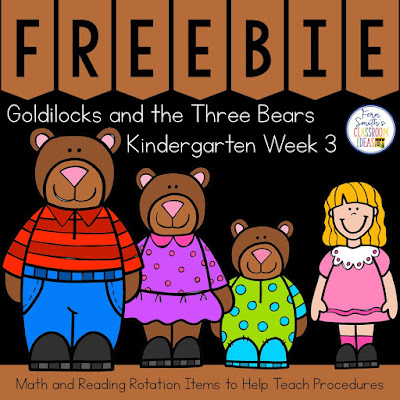








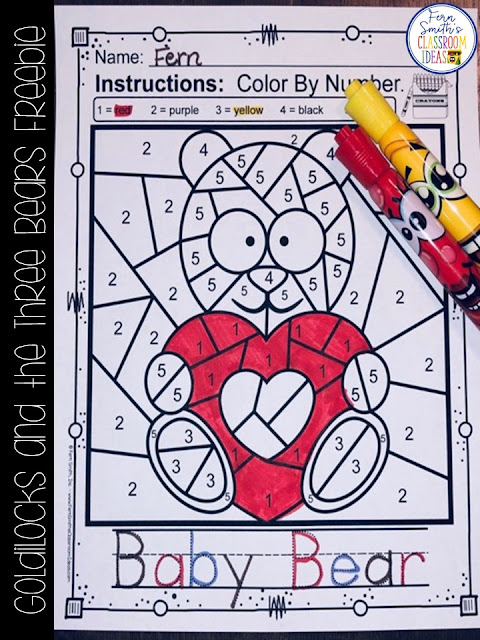


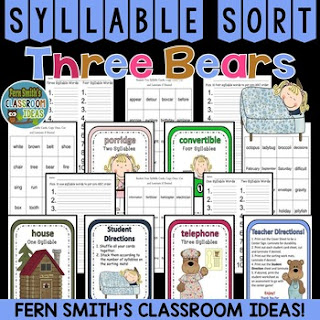


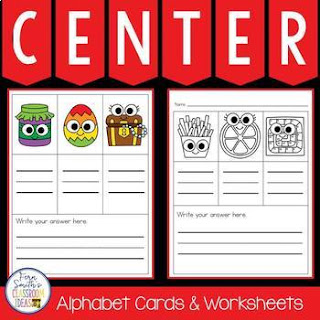
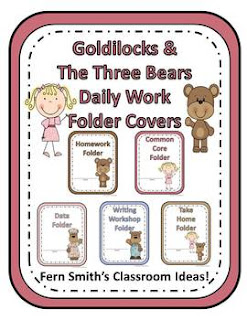
















No comments